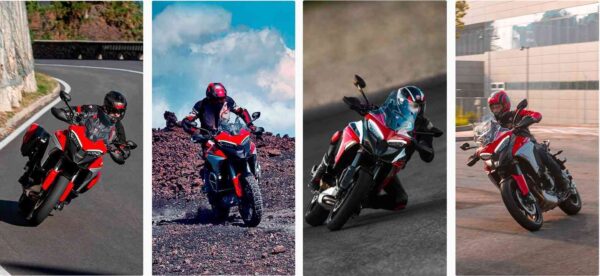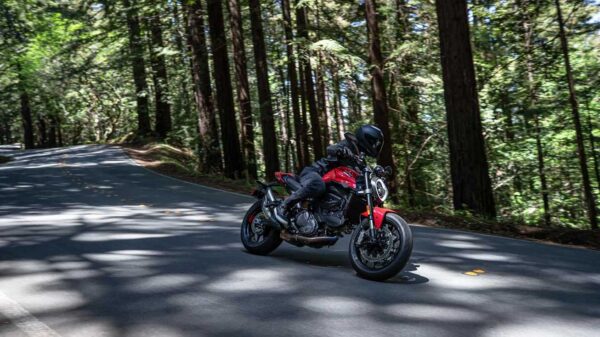Ducati Multistrada V4 Outshines Competition at Alpen-Masters Contest
by Benny Kirk from https://www.autoevolution.com Engineers and designers from Ducati must be riding high lately as their Multistrada V4 S took an overall victory in its class at the Alpen Masters competition, winning over a slew of competition from different manufacturers. For those unfamiliar with Alpen Masters, it is an annual competition sanctioned by Motorrad, a German motoring magazine. In this comparison motorbikes for a wide range of segments gather to be put through a rigorous and demanding series of tests to determine which bike is the best manufactured that year. This year’s test came from the Grossglockner Pass, one of the most famous alpine passes in the world, especially for motorcycles. These tests range from the mundane, like basic acceleration, braking, and handling tests, but also a couple of challenges meant to see what the bikes tested can do under adverse conditions. The Multistrada V4’s clever new 1,158 cc (1.1 liter) V4 engine performed admirably throughout the battery of tests presented. The engine was lauded for its smooth power delivery and efficient operation under adverse load conditions. As was the in-house developed six-speed quick shift gearbox. The engine elasticity test, for example, monitors a bike’s acceleration from 25kph (15.5 miles per hour) to 75 kph (46 miles per hour) going up a steep incline with a passenger on board. Against strong competition from brands like BMW, Kawasaki, KTM, and even another bike from Ducati, the Monster. The Multistrada V4 performed better than all other competitions and placing first overall. It marked the first time such a competition was won by a manufacturer based outside of Germany or Austria. Ducati announced in May of this year that the Multistrada V4 family has already sold 5,000 units worldwide. If it continues to win high-profile comparisons like the Alpen Masters, that publicity […]
Ducati Multistrada V4 Outshines Competition at Alpen-Masters Contest Read More »


